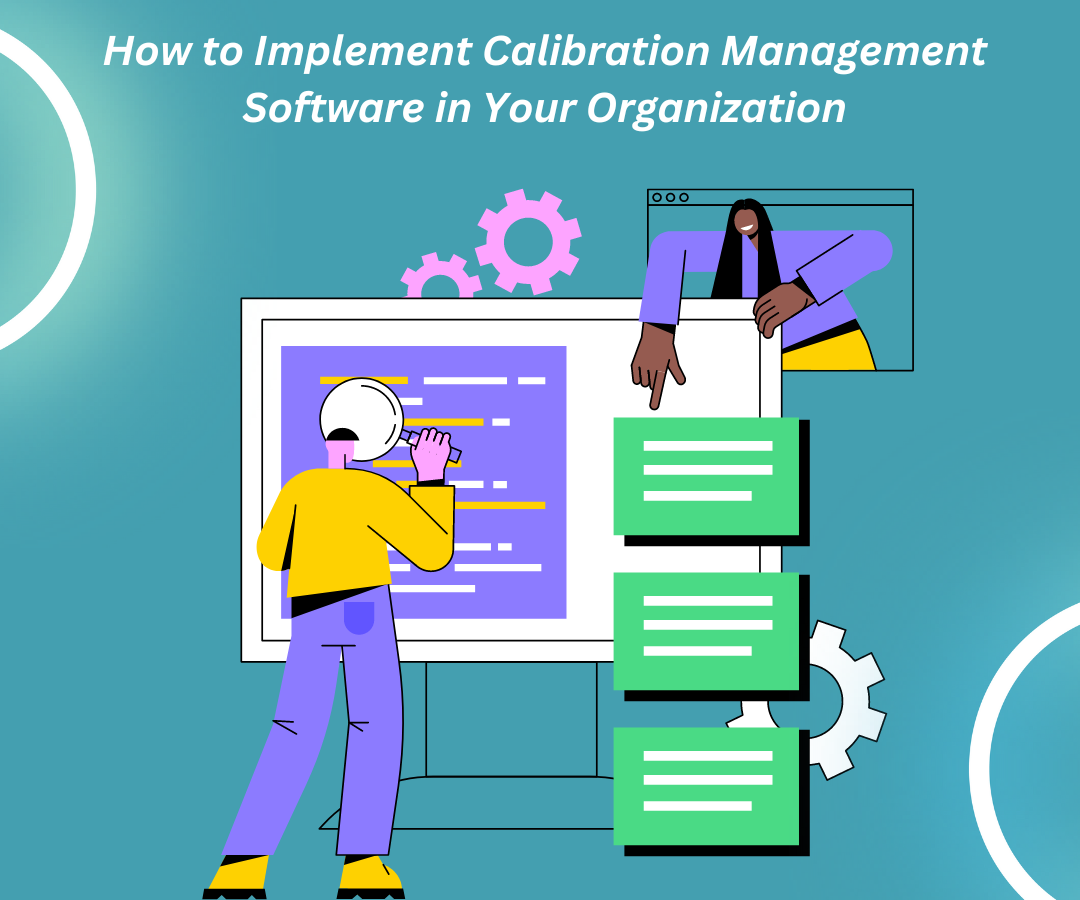
How to Implement Calibration Management Software in Your Organization

Making sure that the machinery is accurate and dependable is crucial in the fiercely competitive industrial environment of today. A reliable way to improve data accuracy, expedite the calibration process, and guarantee industry standards compliance is through the use of calibration management software.
Understanding Calibration Management Software
The purpose of calibration management software is to oversee, record, and monitor the calibration of apparatus and instruments inside a company. By automating the planning, carrying out, and recording of calibration procedures, it guarantees that every instrument is calibrated in compliance with business and regulatory standards.
Key Features of Calibration Management Software
The ability of the program to automatically schedule calibration activities based on predetermined intervals lowers the possibility of missing calibrations.
- Tracking and Documentation: It offers a central database where certificates, calibration records, and historical data can be kept.
- Compliance Management: CMS assists in guaranteeing adherence to industry rules and guidelines, including ISO 17025.
- Analytics and Reporting: The program provides comprehensive reports and analytics that provide information on trends and calibration performance.
- Integration: For smooth data flow, calibration management software can integrate with other enterprise systems like ERP and LIMS.
Steps to Implement Calibration Management Software
1. Identify Your Needs
It's critical to comprehend the unique requirements of your company before choosing a CMS. Make a detailed analysis of your current calibration procedures, pinpoint any problems, and specify your software implementation objectives. Take into account variables including the quantity of instruments, calibration frequency, legal requirements, and system integration.
2. Select Appropriate Software
Make sure you know exactly what you need before you investigate and compare various calibration management software choices. Search for software that is user-friendly, has good user reviews, and provides the functionality you require. To see the program firsthand, think about contacting vendors for trial and demo copies.
3. Secure Buy-In from Stakeholders
Support from management, IT, and end users are among the key players needed for a CMS rollout to be successful. To get their support, highlight the advantages of the program, such as increased efficiency, accuracy, and compliance. Take care of any worries they might have and include them in the choice-making procedure.
4. Make an Implementation Plan
Create a thorough implementation plan that specifies the actions, schedule, and materials needed for the project. Assign team members jobs and duties and establish reasonable deadlines. Make sure the plan addresses system integration, user training, and data migration.
5. Get Your Information Ready
One essential phase in putting CMS into practice is data migration. Collect all of your system's current calibration records, certificates, and pertinent information. To guarantee correctness and completeness, clean up and arrange the data. Collaborate with the CMS provider to map and safely migrate the data to the new system.
6. Combine with Current Systems
Integrate the CMS with your current enterprise systems, such as asset management, ERP, or LIMS, for smooth operations. This connectivity lessens the need for manual data entry and permits real-time data sharing. To guarantee a seamless integration procedure, collaborate with your IT staff and the CMS provider.
7. Implement the Software
It's time to put the calibration management software into use now that your team has been educated and your data is ready. Adhere to the implementation strategy and keep a careful eye on the procedure. Any problems should be resolved right away, and everyone involved should be updated on developments. Make sure the program fulfills your needs and operates effectively by thoroughly testing it.
8. Monitor and Evaluate
Following implementation, keep an eye on the CMS's functionality and solicit user input. Determine whether the software is accomplishing your objectives and providing the anticipated advantages. Track calibration operations, spot trends, and make data-driven decisions for future enhancements by utilizing the reporting and analytics tools.
Conclusion
The efficiency, precision, and compliance of your organization's calibration operations can be greatly enhanced by the use of calibration management software. You may guarantee a successful and seamless installation by adhering to the instructions provided in this blog. Keep in mind that careful planning, including stakeholders, and ongoing improvement are essential for success. Your company can improve overall operational excellence and gain greater control over calibration activities by implementing the appropriate CMS.
Read more: https://www.miracleservice.com/industries-served/scale-industry-software/
